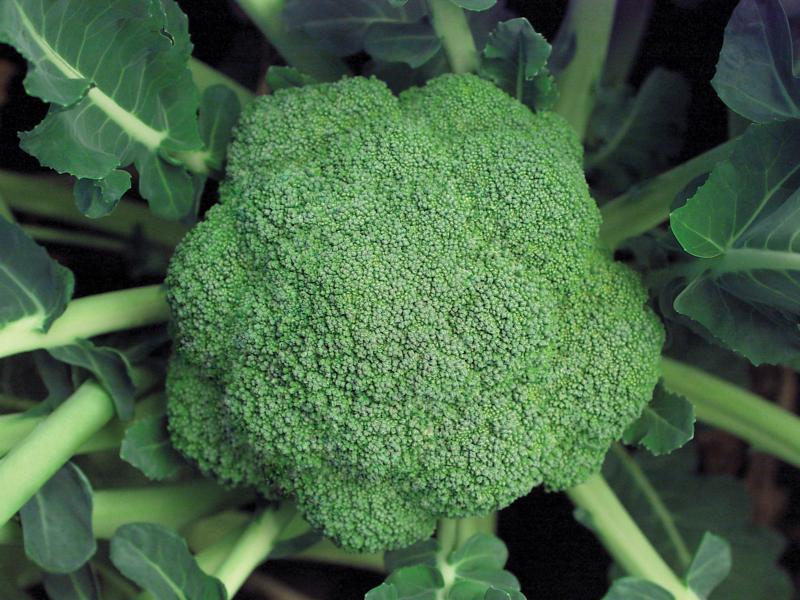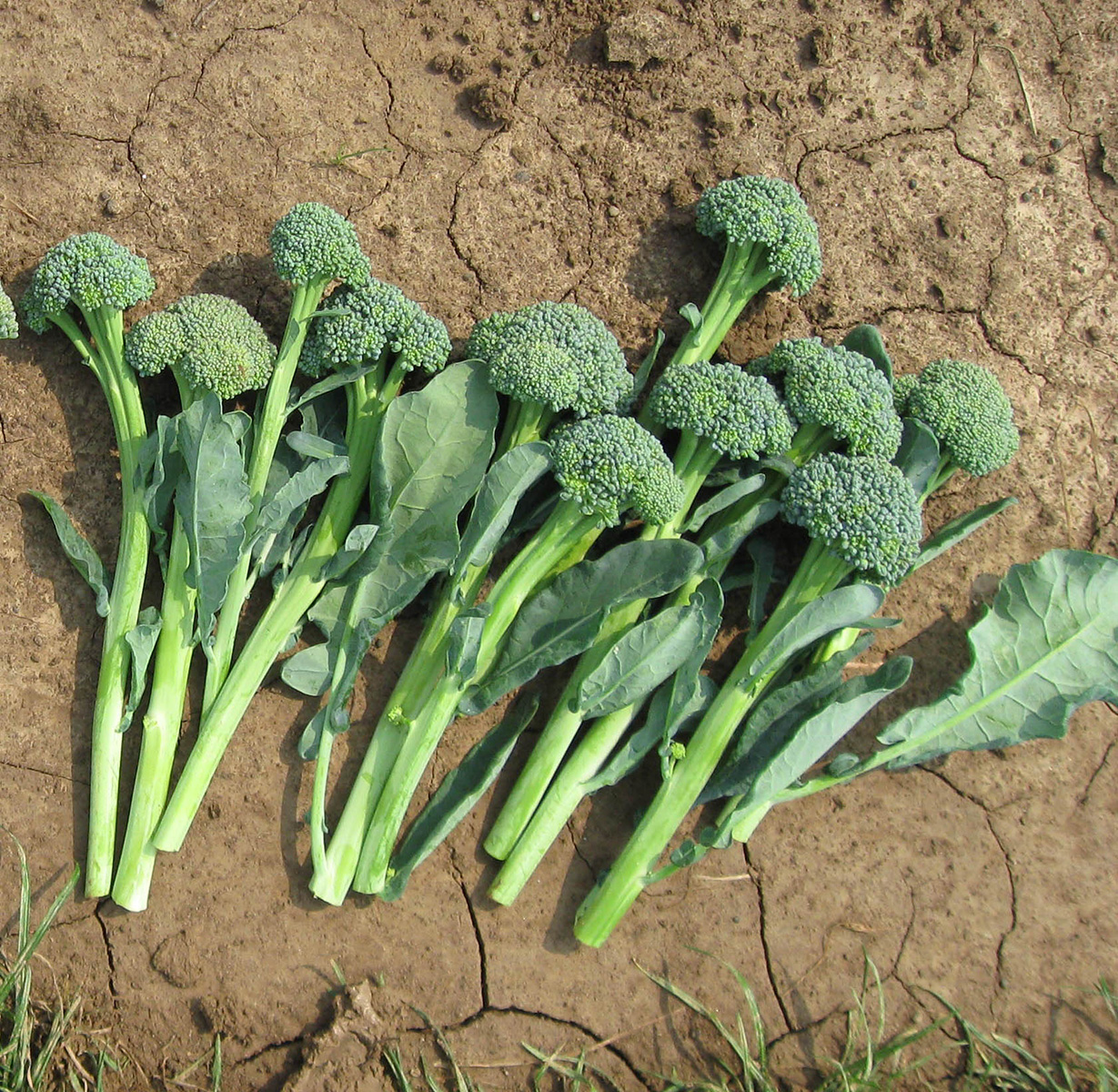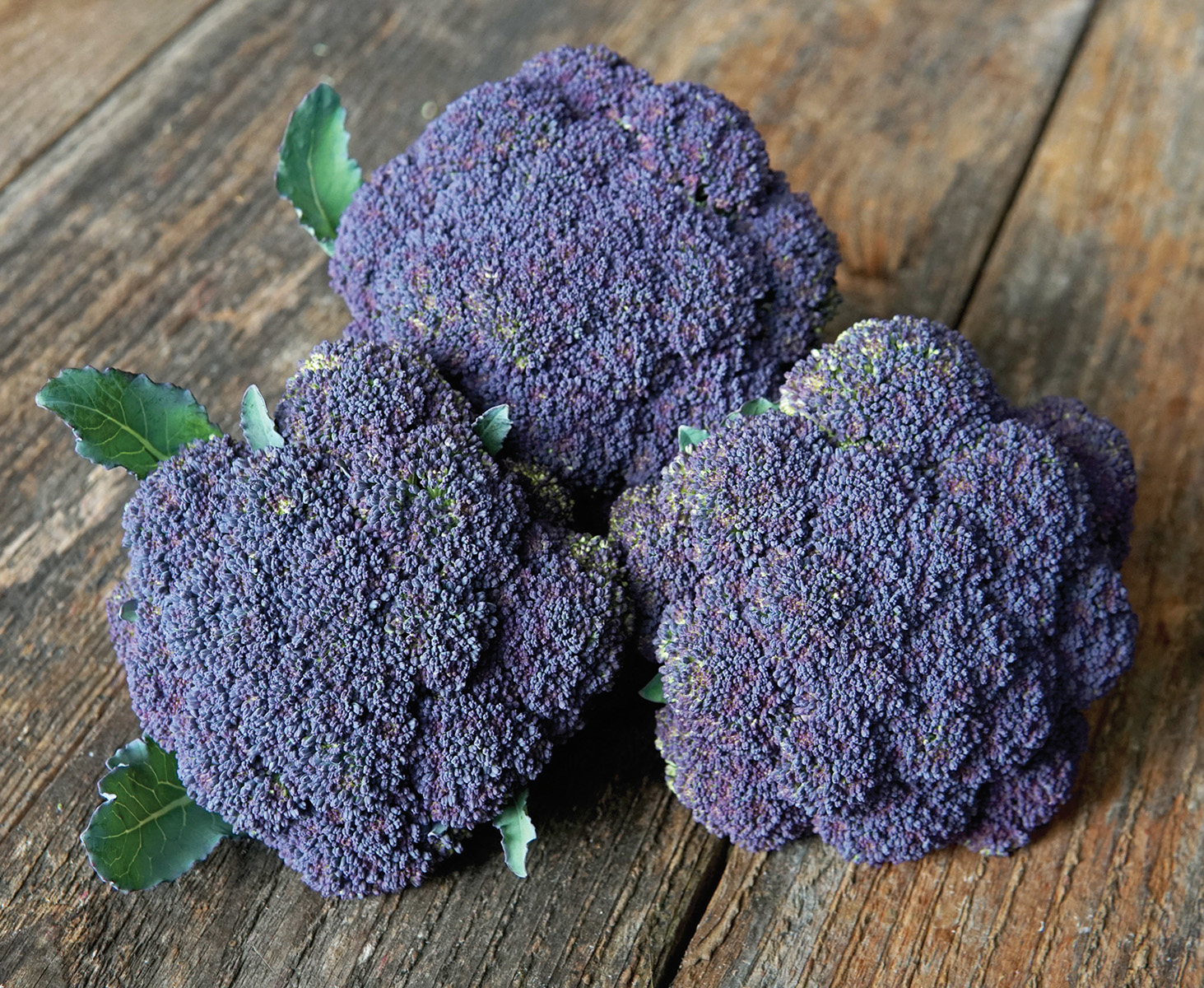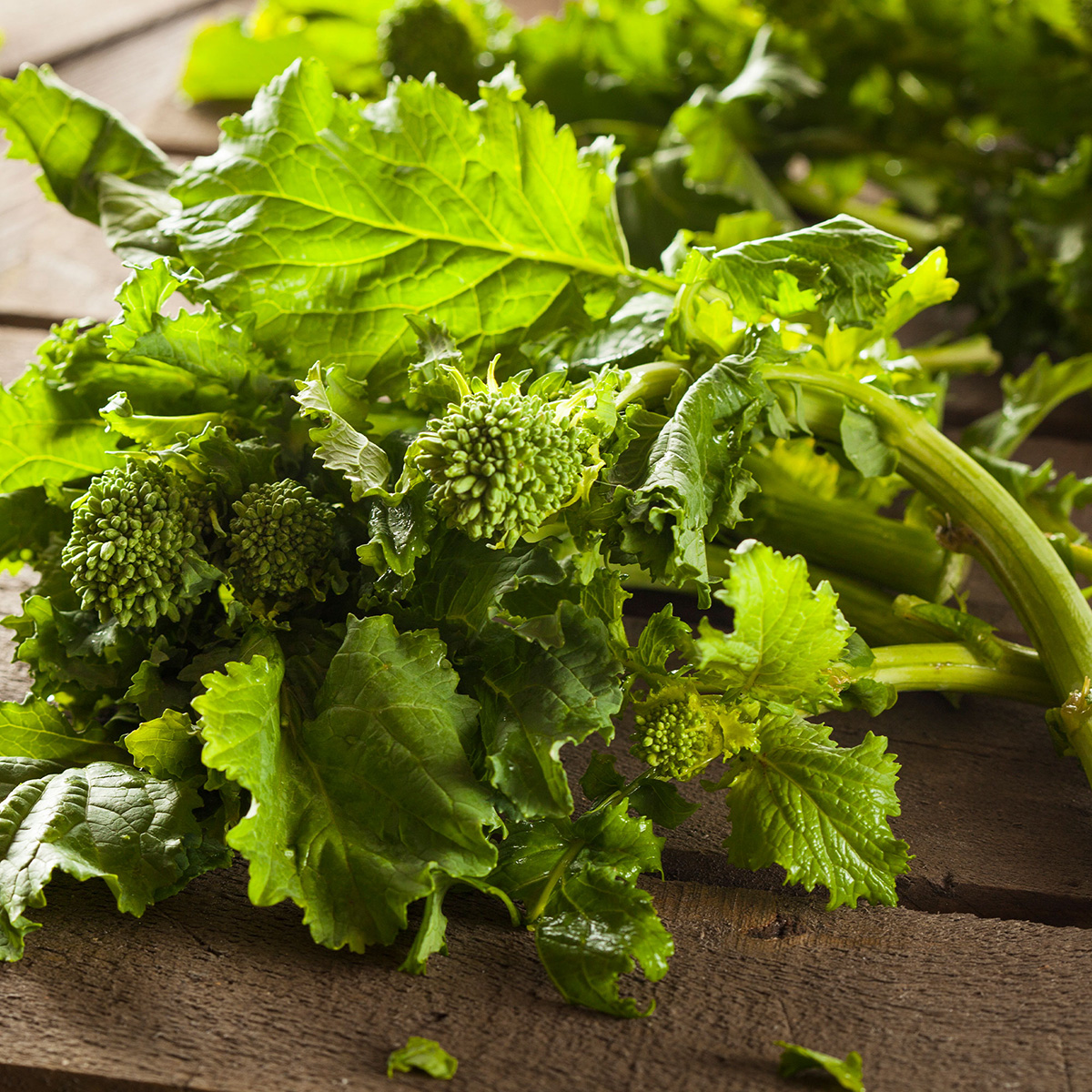
Broccoli hails from the Mediterranean region and has been enjoyed there since Roman times. Other European regions eventually caught on and broccoli was popularized in France as “Italian Asparagus” in about 1650. The English adopted it about 70 years later.
We have been broccoli fans across the US since the 1920s when ice-packed broccoli heads rode the rails from California to the eastern US. In 2011, the United States produced more than 2 billion pounds with a value of over $750 million on more than 130,000 acres.
Broccoli is good for you! It is high in antioxidants, amino acids, folate, and vitamin C. This edible is also an immunity booster thanks to its zinc and vitamin content.
Broccoli Types
Broccoli, Brassica oleracea, of the mustard family (Brassicaceae), is a form of cabbage grown for its edible flower buds and stalk. All parts of the plant are edible. It is related to cauliflower, cabbage, pak choy, kohlrabi, and turnip. These veggies may look very different but close your eyes and think about how similar they taste.
- Broccoli Raab has long slender stems with small heads and lots of leaves. Raab is likely to be what the Romans and early Europeans thought of as broccoli.
- Heading broccoli with its large crowns and sturdy stalks is what is grown most widely today. You can find it in green or purple. Americans eat 7 pounds each per year!
- Baby broccoli (sometimes called stem or sprouting) has gained popularity in recent years. This type has small heads and long, tender stems.
Cultivars to Try
There are many good broccoli cultivars to try, including a few to consider below. Purple-headed types like Jacaranda can be fun to grow with children. Cornell University has great information in their publication on Resistance to Diseases and Physiological Disorders (like bolting).
 'Artwork'– this 2015 AAS winner is a baby broccoli, grown for its long stems and petite heads. 55 days from transplant to harvest.
'Artwork'– this 2015 AAS winner is a baby broccoli, grown for its long stems and petite heads. 55 days from transplant to harvest.- 'Green Comet' – 1969 AAS winner, early maturing variety, good in spring gardens. 40 days transplant to harvest.
- 'Green Magic'- is popular with home gardeners, heat tolerant and easy-to-grow. 57 days transplant to harvest.
- 'Marathon'– is a heading type widely adapted to most growing regions, cold resistant. Often grown as a fall crop. 68 days transplant to harvest.
- 'Packman' – flat-topped blue green heads, 50-73 days transplant to harvest.
- 'Premium Crop' – 1975 AAS winner, large heads, holds quality very well after harvest, 62-82 days transplant to harvest.
- Spring Rapini Broccoli Raab- is an heirloom option. When planted in early spring growers harvest tender, flavorful heads and leaves. Broccoli Raab has a unique flavor, stronger than other types.
How to Grow
 Broccoli prefers cooler seasons like early spring and fall in most regions.
Broccoli prefers cooler seasons like early spring and fall in most regions.- Choose a growing area that has not held broccoli or cabbage (or other close relatives) in the past year or two if possible. This will decrease the buildup of insect and disease pests in that area.
- Broccoli likes good drainage and air circulation.
- Full sun is nice but partial shade will work.
- Six plants in a 4 x 6-foot area will be very happy.
- Broccoli prefers soil high in nitrogen so work in a balanced fertilizer or some compost while planting.
- Many gardeners plant transplants they purchased. When shopping for transplants, look for healthy but small plants that have not outgrown their pots; they will transplant better and grow more quickly than their root-bound neighbors.
- If starting from seed, start seeds about 4-6 weeks before planting. Seed should be started indoors about 6 weeks before the last frost date in the spring. Check your seed catalog or seed packet, or with a local extension office, for more information on the best time to plant. For a fall crop, start seeds indoors in August or September.
- Spread mulch around the plants to hold soil moisture in and prevent weeds.
- Container-grown plants should be planted in a large container-at least 2 gallons with one plant per pot. Water well and regularly.
- Remove any worms or aphids you find on the plant with a strong stream of water or pick them off.
How to Harvest
 Remove central heads first when they reach the desired size, are a deep green, and are firm with tightly clustered florets.
Remove central heads first when they reach the desired size, are a deep green, and are firm with tightly clustered florets.- Harvest in the morning, before hot midday temperatures arrive.
- Homegrown broccoli heads may be smaller than what you find in the market.
- Use a sharp knife when harvesting, just above where the stalk joins the leaves with approximately 5 inches of stem.
- Once the primary head is harvested, your plant will send side shoots out and supply smaller broccoli heads for as long as cool weather holds.
- Harvest often to prevent bolting.
- Once a plant sets yellow flowers, it is finished for the year.
For more information on this year's featured plants, visit the National Garden Bureau.
The National Garden Bureau recognizes and thanks Sakata Seed America, an NGB member, as author and contributor to this fact sheet, which is provided as an educational service with no limitations on its use.
Images from the National Garden Bureau.
- 'Marathon' broccoli - feature image.
- 'Artwork' broccoli
- 'Jacaranda' purple-headed broccoli
- Broccoli raab